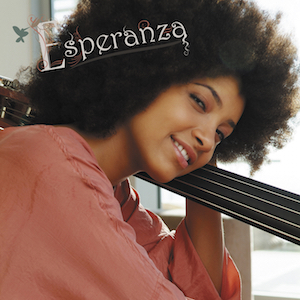 Image via Wikipedia
Image via WikipediaIn order to create a MIDI file you will need (at a minimum): a wave table sound card, a MIDI adapter cable, a MIDI keyboard and a good quality pair of stereo PC speakers. The speakers should contain a sub woofer; if at all possible. You will also need some sequencer software. Without a doubt the best sequencing software on the market is CakeWalk; however it can be a bit pricey at around $350. If you want something a little less expensive you might consider Power Tracks Pro Audio; which comes in at around $50. Unless you are getting into professional MIDI sequencing; this software will have all the features you'll need.
MIDI files can be created in different ways using a MIDI capable program. Most programs allow you to point and click the notes onto the music staff, play the notes using a MIDI capable electronic keyboard connected to your computer and recording audio directly through your computer's microphone.
MIDI files are created in computers but are also used in other equipment such as the Roland Music Player, electric keyboards and player pianos. Entire fully orchestrated compositions can be put in a MIDI file and played with the different instruments tone quality imitated either on your computer or the above mentioned equipment by way of saving the file to a floppy or CD ROM.
If your goal is to record, your first step to creating a file will be to select a blank track in your sequencer. Next you will select the instrument you would like to record and choose an empty channel number. Keep in mind that the channel number you are recording has to always be the same as the transmit channel on the synth you are using. For example, if you are using a transmit channel of 11 then your synth channel has to also be set to 11. You can't use one on 11 and the other on 14. Next, you'll choose an instrument number on your sequencer and finally hit the "record" button.
Midi Article Credit: Jermaine Griggs
I'm thinking that everyone that plays music should get familiar with midi. Over Thanksgiving break, with a midi keyboard, I plan to practice progressions, and then experimenting with composing, editing and sequencing. How about you... are you understanding midi more and more?
Wishing all of you a very Happy Thanksgiving with blessings around your table!
-- LadyD Have a heart that never hardens and a touch that never hurts. Be kinder than necessary, for everyone you meet is fighting some kind of battle.





















Verse G C
Pre-Chorus Em D C D
Chorus G C
E5-D5-C5-D5 (aka power chords rooted on the A string, frets 7-5-3-5) sounds better than what I said in my first comment.